Piezomagnetism: Materials And Applications
Introduction to Piezomagnetism
Piezomagnetism is a property of certain materials that changes their magnetic state under mechanical stress. In contrast to conventional magnetism, which is typically induced by external magnetic fields, piezomagnetism arises from the intrinsic characteristics of the material’s crystal structure.
Piezomagnetism vs. Magnetostriction
Both piezomagnetism and magnetostriction involve the interaction of mechanical stress and magnetic properties. They differ as follows:
- Piezomagnetism: The magnetic properties change when mechanical stress is applied.
- Magnetostriction: The physical dimensions of a material change when a magnetic field is applied.
|
Perspective |
Piezomagnetism |
Magnetostriction |
|
Cause |
Mechanical stress applied to the material |
Applied magnetic field |
|
Effect on Magnetism |
Change in the magnetic state |
Change in physical dimensions |
|
Reversibility |
Reversible upon removal of stress |
Reversible after removal of the magnetic field |
|
Applications |
Sensors, actuators |
Magnetic storage devices, precision instruments |
Examples of Piezomagnetic Materials
Several materials exhibit piezomagnetic properties. Each material demonstrates specific attributes:
- Chromium Oxide (Cr₂O₃): It is one of the most extensively studied piezomagnetic materials and is employed in magnetoelectric devices.
- Terbium Iron Garnet (TbIG): It shows a significant piezomagnetic response and is suitable for high-frequency devices.
- Magnetite (Fe₃O₄): This naturally occurring mineral exhibits measurable piezomagnetic effects and is used in various magnetic applications.
|
Material |
Piezomagnetic Coefficient (T/m) |
Applications |
|
Chromium Oxide (Cr₂O₃) |
0.5 |
Magnetoelectric sensors |
|
Terbium Iron Garnet |
1.2 |
Magnetic high‑frequency devices |
|
Magnetite (Fe₃O₄) |
0.8 |
Energy harvesting systems |
Additional advanced materials are available at Stanford Advanced Materials (SAM).
Applications of Piezomagnetism
Piezomagnetism is observed in certain materials, such as specific ferrites and composite materials, and it is employed in a range of applications:
- Magnetic Sensors: Piezomagnetic materials are used to detect mechanical stress, vibrations, or pressure changes. They serve in applications such as pressure sensors, accelerometers, and force sensors.
- Energy Harvesting: Piezomagnetic materials convert mechanical stress into electrical energy. They are utilised in energy harvesting systems, particularly in environments with abundant mechanical energy, for example within the automotive sector or industrial applications.
- Actuators: In combination with other materials, piezomagnetism is utilised in actuators that generate magnetic fields in response to mechanical loading. These actuators are applied in precision positioning and in micro-electromechanical systems (MEMS).
- Magnetoelastic Materials: Piezomagnetic materials may be integrated into magnetoelastic systems. These systems improve material behaviour by coupling mechanical and magnetic responses. They are used for vibration damping and noise reduction.
- Medical Imaging: Researchers are investigating the use of piezomagnetic materials in biomedical devices. They could enhance imaging technologies such as MRI by providing additional changes in magnetisation in response to mechanical deformation.
- Structural Health Monitoring: Integrating piezomagnetic materials into infrastructures, such as bridges or buildings, enables monitoring of mechanical stresses. The systems deliver real-time data on structural integrity, thereby aiding early detection of damage or wear.
- Magnetic Cooling: Piezomagnetism can be applied in magnetic cooling. Under mechanical loading, the material’s magnetisation changes, thereby allowing cooling without conventional refrigerants.
Frequently Asked Questions
What is the difference between piezomagnetism and piezoelectricity?
With piezomagnetism, the magnetic properties change in response to mechanical stress, whereas piezoelectricity refers to the generation of an electric charge as a response to mechanical deformation.
Can all magnetic materials exhibit piezomagnetism?
No, only specific materials with defined crystal structures and magnetic ordering exhibit piezomagnetic effects.
How is piezomagnetism measured?
It is typically measured using magnetometers to detect changes in magnetic fields under mechanical loading.
What are the main challenges in utilising piezomagnetic materials?
Challenges include the limited availability of materials with significant piezomagnetic responses and the integration of these materials into practical devices.
Are there already commercial products that utilise piezomagnetism?
Yes, piezomagnetic materials are used in specialised sensors and actuators, particularly in sectors that require high sensitivity to mechanical changes.

 Bars
Bars
 Beads & Spheres
Beads & Spheres
 Bolts & Nuts
Bolts & Nuts
 Crucibles
Crucibles
 Discs
Discs
 Fibers & Fabrics
Fibers & Fabrics
 Films
Films
 Flake
Flake
 Foams
Foams
 Foil
Foil
 Granules
Granules
 Honeycombs
Honeycombs
 Ink
Ink
 Laminate
Laminate
 Lumps
Lumps
 Meshes
Meshes
 Metallised Film
Metallised Film
 Plate
Plate
 Powders
Powders
 Rod
Rod
 Sheets
Sheets
 Single Crystals
Single Crystals
 Sputtering Target
Sputtering Target
 Tubes
Tubes
 Washer
Washer
 Wires
Wires
 Converters & Calculators
Converters & Calculators
 Write for Us
Write for Us
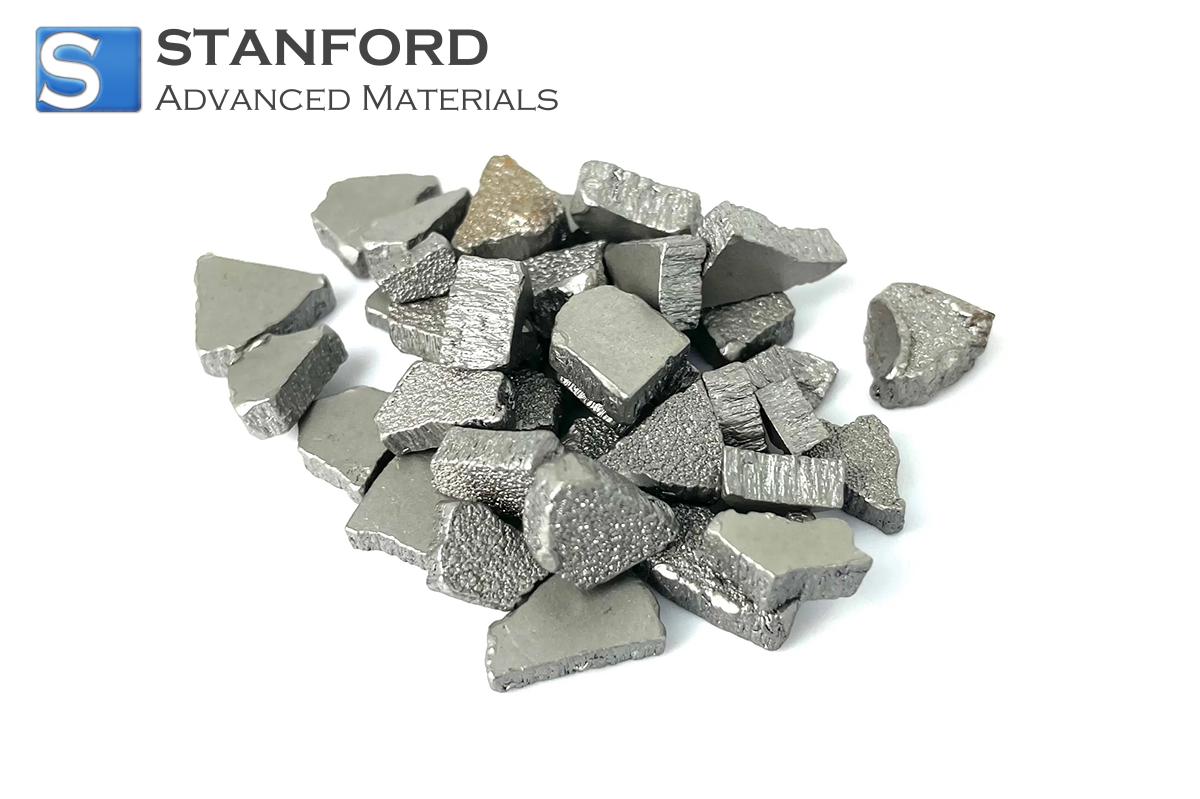
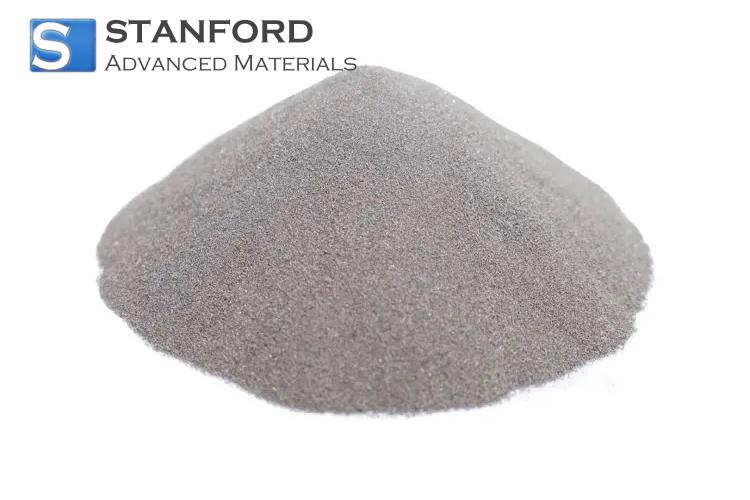
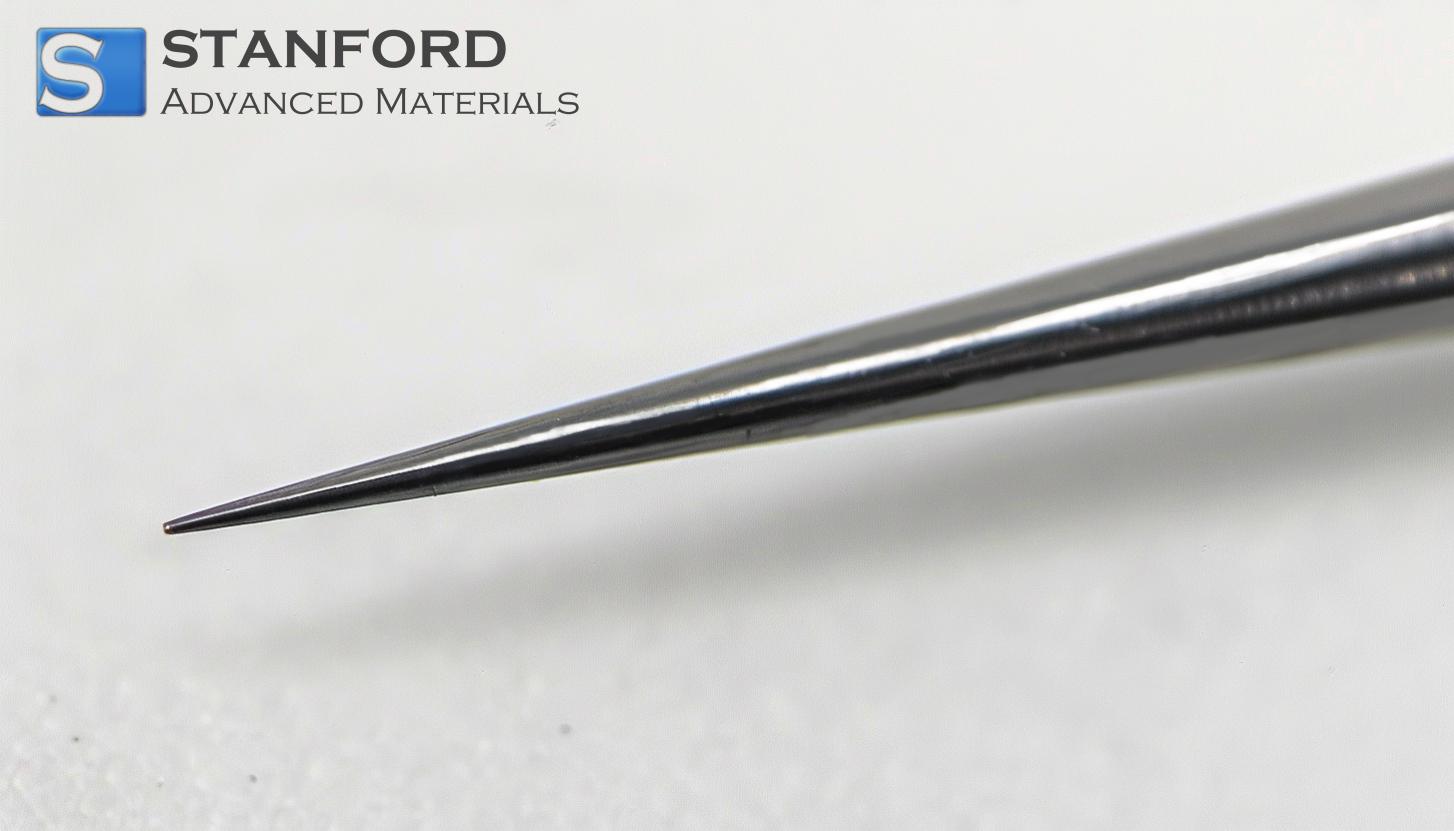
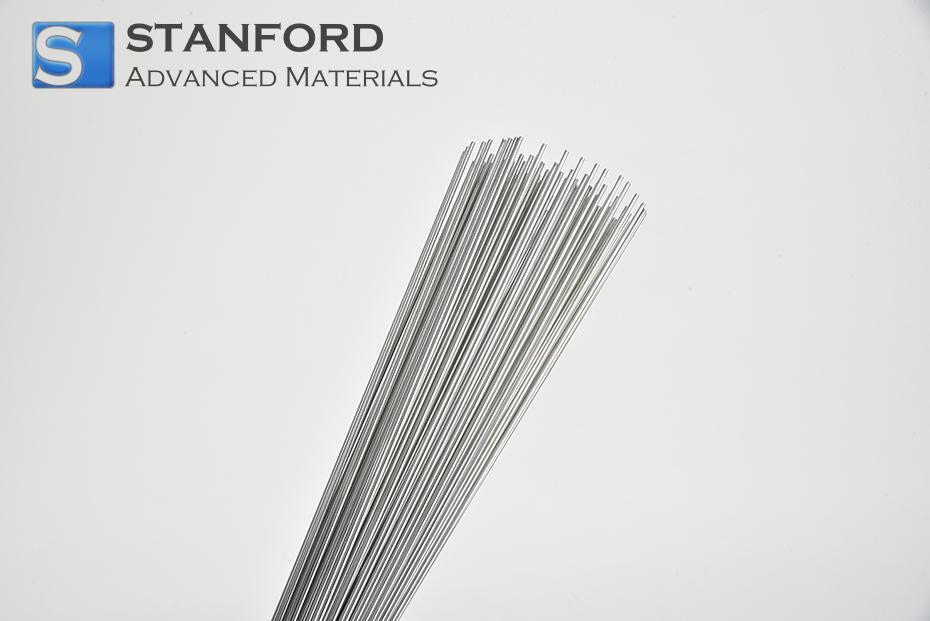
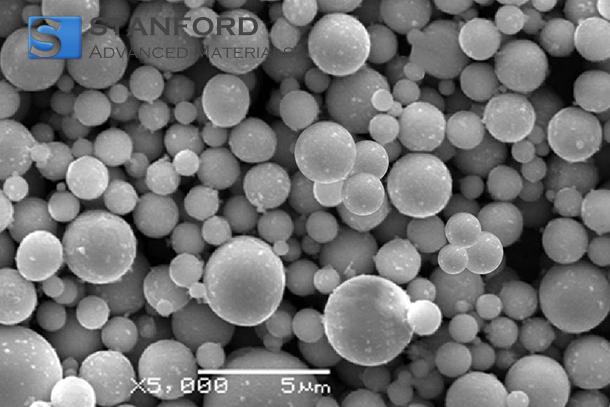
 Chin Trento
Chin Trento



